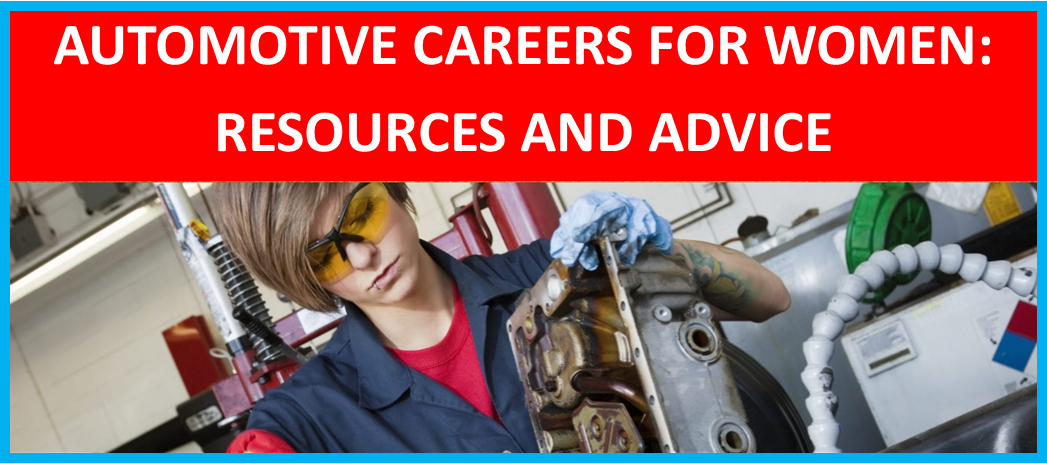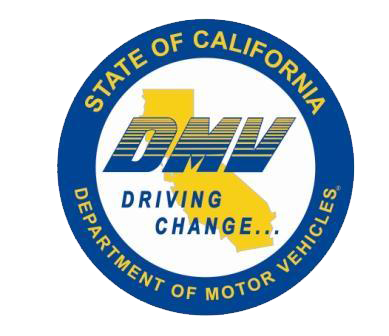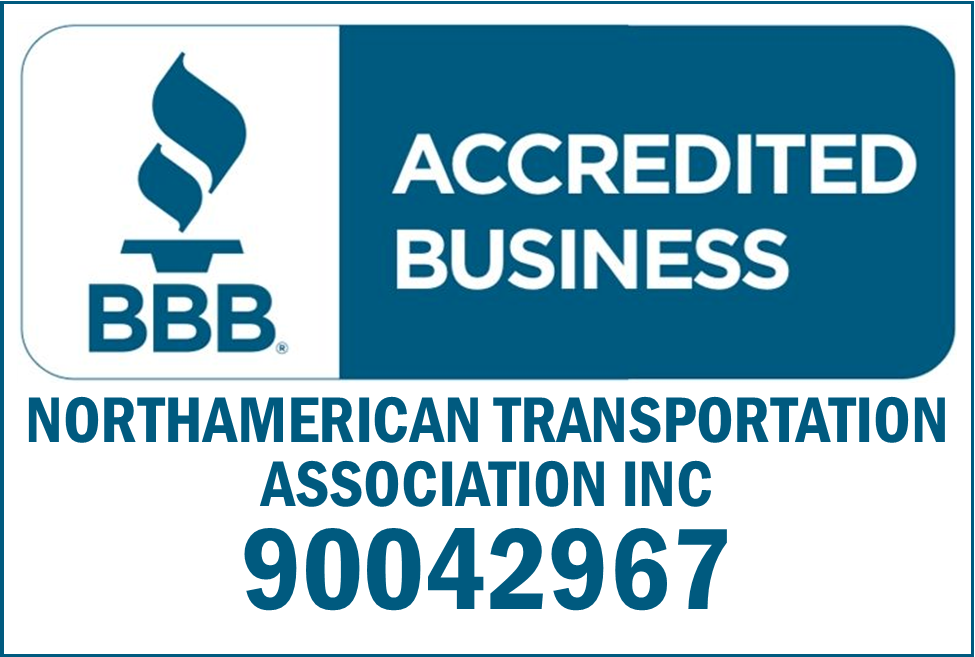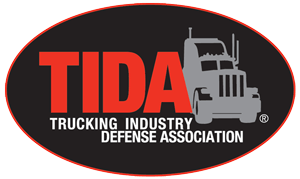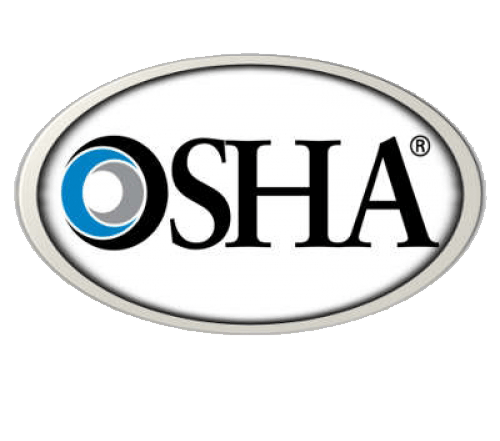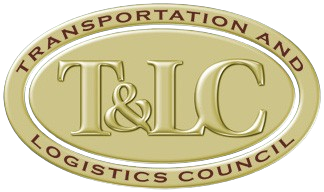Pennsylvania Passes Vehicle Snow Removal Law
Pennsylvania has passed a law requiring drivers to remove accumulated snow and ice from their vehicles, a law that will impact truckers.
The law requires drivers to “make a reasonable effort” to remove snow and ice from the hood, truck and roof of vehicles within 24 hours after the snow stops falling under penalty. Penalties range from $50 per offense to $1,000 if the snow/ice has dislodged and causes death or serious bodily harm.
The law won’t apply to vehicles en route to a facility to remove the snow/ice, if removal would require violation of workplace safety laws, or if it would be threat to the health or safety of the driver.
Impact to Truckers
Freight transportation, and in particular trucking, is a 24/7 operation. Drivers work round the clock to deliver freight. However, federal rules regulate the number of hours drivers can work and drive, which means that at any given point in the day drivers will be parked to take off their required hours. This provides an opportunity for snow and ice to accumulate on the top of trailers.
Furthermore, drivers often wait to pick up and deliver freight at customer locations or drop a trailer and pick up a trailer that has been sitting at the customer’s facility, again providing opportunities for snow and ice to accumulate on top of the vehicle. Drivers who operate across the U.S./Canadian border also experience long waits to navigate through the various customs and inspection facilities, which in winter months very likely means waiting in snow and ice, again allowing accumulation.
Identifying viable solutions which address the countless areas where drivers could experience an accumulation of snow and ice is perhaps one of the biggest challenges. Essentially, wherever it snows presents an area where snow and ice could accumulate on the top of large trucks.
Worker Hazards
Although drivers or other personnel present one of the lowest cost options for snow and ice removal, they also represent one of the most dangerous options. The tops of trailers are not designed to withstand the weight of a driver on top to clean the accumulated snow and ice. Furthermore, the potential for slips, falls and even death associated with individuals attempting to get to the tops of trailers covered in snow and ice to clean the trailer top far outweigh any potential benefits from this as a solution. The hazards for workers are recognized and, in many cases, regulated by agencies responsible for worker safety.
The use of platforms and catwalks helps mitigate the risk somewhat by providing safety harnesses for workers, but do not completely eliminate the hazards from the snow and ice. As documented through the interviews, the platforms and catwalks provide a fixed location solution for snow removal but removing ice is more difficult when it bonds to the trailer top.
Doug Marcello, shareholder in trucking and commercial transportation at Saxton & Stump, wrote that when trucks on the road are caught in a snow there is no immediate way to safely do it.
Similar laws have been in place before in Pennsylvania, New Jersey and Connecticut, among others.
Content Disclaimer: Due to the constantly changing nature of government regulations, it is impossible to guarantee the total and absolute accuracy of the material contained herein or presented. NorthAmerican Transportation Association (NTA) cannot and does not assume any responsibility for omissions, errors, misprinting or ambiguity contained. NTA shall not be held liable in any degree for any loss, damage or injury caused by any such omission, error, misprinting or ambiguity present. It is made available with the understanding that NTA is not engaged in rendering legal, accounting or other professional service. If legal advice or other expert service is required, the services of such a professional should be sought.

